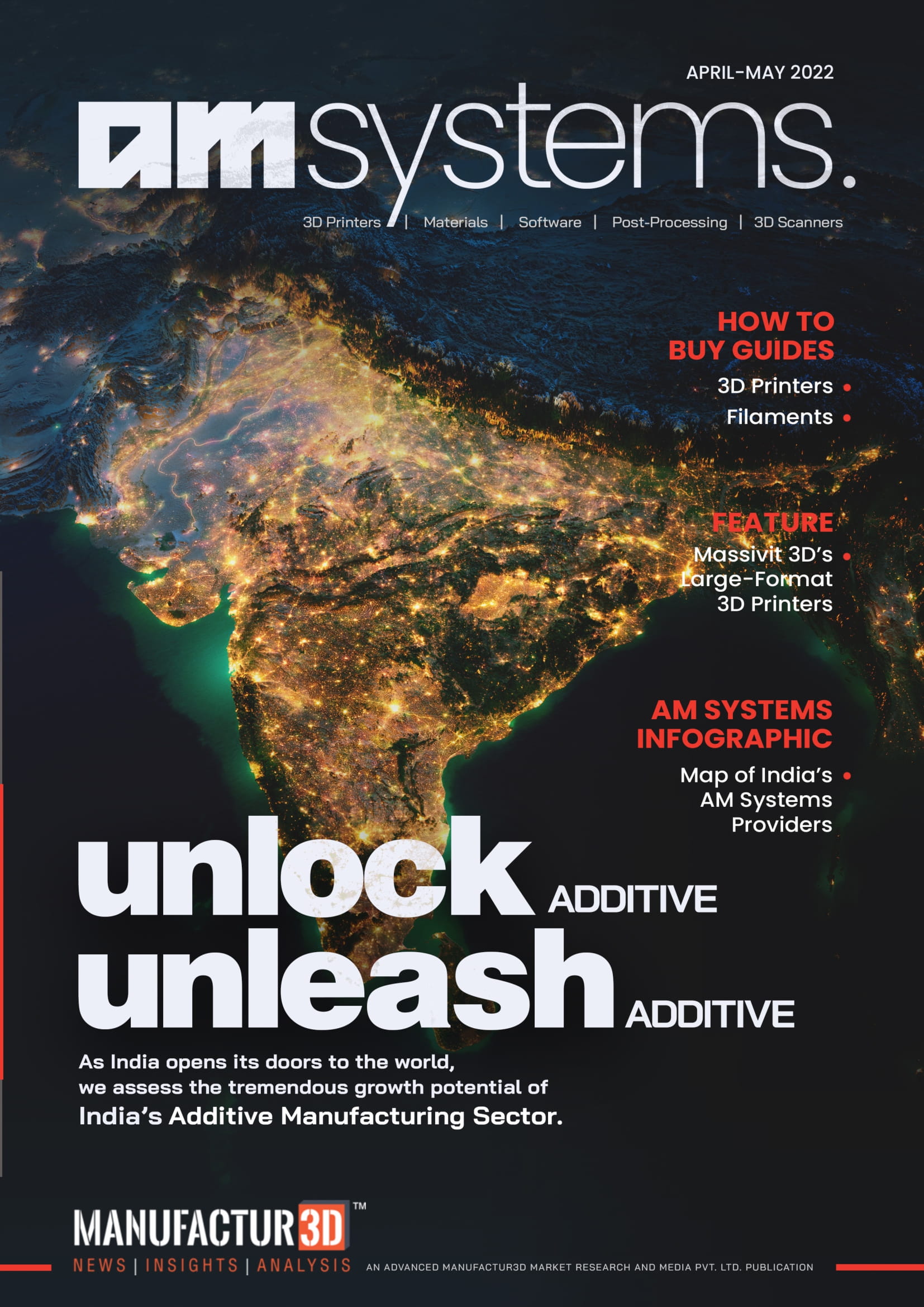
3D Printing is not a single process but a set of technologies which operate on the principle of additive manufacturing. Multiple technologies have emerged over the years including the focus on this article – the Fused Deposition Modelling or FDM 3D printing technology. FDM belongs to the Material Extrusion type of technology and is one of the seven categories of technologies as defined by ASTM. While there are multiple other 3D printing technologies, FDM is the most affordable technology and easiest to operate of them all.
Let us look at one such technology called Fused Deposition Modelling (FDM) or Fused Filament Fabrication (FFF). Both FDM and FFF represent the same technology. FDM is the most widely known and used 3D printing technology. It is easy to learn and operate. Most people curious to know about additive manufacturing start their journey from FDM. Most brands offer international shipping and thus it is widely available and even quite affordable to acquire.
Now, let us look at how the FDM 3D printing technology works.
Components of an FDM 3D Printer

- Filament: This is the raw material for the FDM printer in a filament form. A filament spool is held on the sides or at the back of the printer and is fed into the extruder.
- Extruder: The extruder, in simple terms, is a gear mechanism which pulls the filament and pushes it towards the hot end. The extruder can be called as a ‘cold end’.
- Heater: This heater heats the solid filament to its melting point.
- Hot End: The hot end comprises of the heat sink, cooling fan, and nozzle assembly.
- Nozzle: The nozzle is the last element of the print head. It deposits the hot material onto the build platform in the desired geometry.
- Build Platform: This is the bed onto which the material is deposited. The material sticks to the bed and the object is built. It can be heated or non-heated.
The Process: How FDM Works
FDM printers are the most commonly Cartesian type of printers. Cartesian refers to the coordinate system used by the printer to move the print head and the build plate. In these printers, there are three rails corresponding to each axis (X, Y, & Z). The Printhead (entire Extruder and nozzle assembly) moves in the X & Y direction whereas the Build platform moves in the Z-direction.
Firstly, the raw material, filament, is fed into the extruder. FDM printer filaments are available in two different diameters, 1.75 mm which is the most common type and 3 mm. A particular printer uses only one type of filament. The gear mechanism in the extruder pulls the filament and pushes it down to the heater, where the filament gets melted. The melting temperature depends on the type of filament used and generally ranges from 190oC for PLA to 300oC for Polycarbonate. This melted filament then flows to the nozzle.
The nozzle is generally available in two diameters (0.2 & 0.4 mm) but is available in other dimensions too. The nozzle diameter can affect the layer thickness and the print quality. The nozzle deposits the material onto the build platform in the appropriate geometry as per the model to be printed. The nozzle moves in X & Y direction and deposits the first layer of the print.
Once the first layer is completely deposited, the build platform drops down by a small amount equal to the layer thickness and the printing again starts for the second layer. This time the first layer and the second layer are still hot and as a result, they fuse together for a strong bond. This process continues till the complete object is printed.
After printing, the object can be easily removed by hand or with a simple scrapper. The FDM printed parts have visible layer lines and are generally very coarse. It can be further post-processed by sanding, polishing, priming & painting, acetone vapour smoothing, electroplating, etc.
More About FDM 3D Printing Technology
The accuracy of FDM/FFF printers is least in comparison with the other technologies. It is dependent on the minimum layer thickness that can be achieved with the machine. Smaller the layer thickness, better the accuracy. The accuracy also depends on various other factors like the filament, speed, and other parameters that are set while slicing the object.
A heated bed is recommended for filaments like ABS, HIPS, Polycarbonate, ASA, and even Nylon.
FDM printed parts are mostly recommended to be used for Form and fitment testing, jigs & fixture, and most industrial usage for prototyping. The parts have good dimensional accuracy but are aesthetically very coarse.
About Manufactur3D Magazine: Manufactur3D is an online magazine on 3D printing. which publishes the latest 3D printing news, insights and analysis from all around the world. Visit our 3D Printing Education page to read more such informative articles. To stay up-to-date about the latest happenings in the 3D printing world, like us on Facebook or follow us on LinkedIn.



